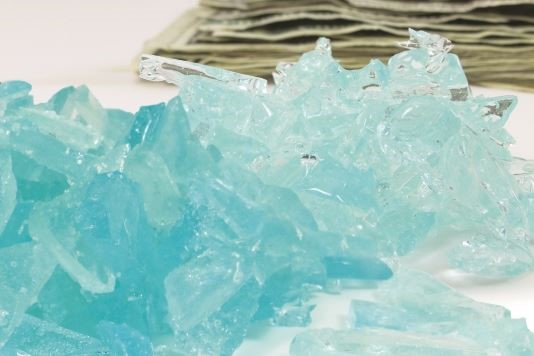
Like a skeleton key, it's a circular carbon loop (called a phenyl ring) with a short carbon neck bonded to a few teeth of clustered chemical groups. P2P shares the same basic shape as methamphetamine and Sudafed. P2P gets its namesake from phenyl-2-propanone, the intermediary molecule Walter White makes in process. It requires assembling the molecule piece by piece. "But the P2P method is a little more complicated," Parkinson says. By combining red phosphorus (scraped from matchbox strike strips) and iodine, a person can create a strong acid that will remove the little cluster of hydrogen and oxygen that separates Sudafed from meth. Although the effects are wildly different, pseudoephedrine (the active ingredient in Sudafed) is almost the same molecule as meth, and turning one into the other takes just a few steps. Walt's Cookīreaking Bad's writers are certainly correct that Sudafed can be turned into methamphetamine rather easily. Though Parkinson himself has never made methamphetamine, he says Walt's P2P formula is true to science-with one crucial caveat. Instead, Walt refines a process to synthesize the drug from the ground up: the P2P cook. Sudafed-watched closely by the Drug Enforcement Administration-is a permanent bottleneck for any would-be meth cook.

"You can tell the writers have done their homework."Įarly in the show, Walt abandons the real-life technique of transforming Sudafed, an over-the-counter decongestant, into meth.

" Breaking Bad does a really great job with the science," says Jonathan Parkinson, an analytical chemist and blogger. But does Walter White's coveted formula have any basis in reality? The AMC series has chronicled the exploits of Walter White, a high school chemistry teacher turned drug lord with an ingenious recipe for ultrapure methamphetamine. We are watching the final weeks of TV's most popular meth cook.


 0 kommentar(er)
0 kommentar(er)
